We had already driven alongside the River Urubamba on our way to Cusco (although it has a different name at that point) and this river lies at the heart of the Sacred Valley. A number of imprtant Inca remains lie along the valley although none is as substantial as the elusive Machu Picchu. All are reachable by public buses but the infrequency and unreliability of the services meant that it made more sense to take an organised tour to visit them. Indeed, although nobody in the town had mentioned it, once we had set off it became obvious that the recent flooding and landslides have severely disrupted villages, roads, bridges and the local buses. It is just as well we had opted to do it this way; making our own arrangements might well have left us stranded in any number of places!
Our first stop was Chinchero, where we were first subjected to a demonstration of natural dying and weaving. One of the inconveniences of these tours is that you always have to go to handcraft centres etc for 'shopping'. In fact this stop was rather better than we had anticipated although Jen has a folder of information about natural dying at home that goes into much more detail than here!
The highlight was when a basket of dried cochineal beetles was produced and the woman crushed one with her nail to show the brilliant red colour.
We then followed cobbled streets and steps up to the ruins of the site which was originally known as the village of the rainbow. The Incan remains begin on one side of the main plaza, which may itself have originally been an Inca marketplace, and then extend further down and along the hillside. The walls are constructed from typically massive stones, with a number of trapezoidal arches that may have held gold deities.
The village also boasts a highly decorated adobe church but our visit was fleeting. As it was Sunday and 11am, the villagers were all gathering in the church for the service. Large numbers of tourists disrespectfully milling all around the aisles and jabbering away to each other while the congregation waited patiently was not a pretty sight! Our guide had suggested twenty minutes free time at this stage (for more shopping!) but when we gathered at the bus we found ourselves two people short. After waiting another 40 minutes for them we set off, leaving them behind. Later, as we travelled along the road, our driver got a call on his mobile. The missing couple had hired a taxi to chase us, so we stopped and waited again for them to arrive.
This was by a bridge over the Urubamba River, where we could see some of the destruction that the floods have inflicted on the area. Significant numbers of the adobe houses have been swept away, often almost completely destroying them. The government has provided tents and rows of these are pitched on fields and village plazas. Many of these people had already been living a very simple life but it must be so heartbreaking to have lost it all.
Once our missing folk finally got to us, we set off for Ollytantambo, which has quite extensive and spectacular remains. The Incas built a temple and city complex here, over and around a fairly extensive pre-Inca settlement, while also refining and developing the vast range of existing agricultural terracing. These terraces cling to the steep sides of the mountain and seem to lead, like a series of staircases to the temple area at the very top.
High up on the slopes around the complex, in order to catch the breezes and keep them cool, can be seen the remains of storehouses that were used to keep grain and other foodstuffs to ensure the self sufficiency of the city.
The temple area has a number of really massive stones that have been supposedly assembled to form an altar to the sun. However, our guide showed us that it actually points in the wrong direction for a sun temple; she believed that it was actually a temple to Pachamama, the Earth Mother. Whatever the truth, the fact remains that the Incas never actually completed building the place.
From the high vantage point you can look down and see the clear signs of the path taken by the massive stones from the quarry across on the far mountain. the Incas may never have invented the wheel but they sure had plenty of people to do the hardest jobs!
Our final stop on the tour was in Pisac, a ruined citadel perched high on an outcrop of volcanic rock, surrounded by centuries old terracing, much still in active use. The road twists, turns and ascends steeply to bring us closer to the ruins and we were quite pleased to have avoided at least a part of the punishing uphill climb (although there was still a fair way to go once we had stopped).
The views from the top were truly breathtaking although as usual, the camera never seems to capture the full splendor of what we saw.
Looking across from the top we could see hundreds of holes bored into the sheer slope of the adjacent mountain.
These were the tombs of ordinary people, originally formed by going down on ropes to dig the hole. They then wrapped the bodies with simple grave goods and took them down on ropes to be pushed into place. Finally the holes were capped with more mud and rocks. Over time the caps have been eroded away and the attention of grave robbers (approaching the graves in the same way as they were made) has left nothing but the holes.
Although we had originally been disappointed to miss out on a visit to Machu Picchu, the remains in the sacred valley are still very impressive and gave us a good flavour of the Incan heritage. What has been most remarkable to us has been the realisation of how substantial the Inca domination was of such a vast area but for how short a period. There seem many reasons for the absolute collapse of the Incan empire in the face of the Spanish invasion. It's true that the Spanish had guns, height and white faces, all of which accorded with the Incan views of the gods. However, the Incas had also made a lot of enemies who were keen to cooperate with the Spanish invaders to get rid of them. Little did they know how absolutely the Spanish would then dominate the whole continent!
Touring the Sacred Valley
Sunday, March 07, 2010
 Ollantaytambo, Cusco, Peru
Ollantaytambo, Cusco, Peru
Other Entries
-
73Cafayate; days of wine, icecream and waterways
Jan 0264 days prior Cafayate, Argentinaphoto_camera42videocam 0comment 3
Cafayate, Argentinaphoto_camera42videocam 0comment 3 -
74Tucumán; chilling out and getting heated!
Jan 0561 days prior San Miguel de Tucumán, Argentinaphoto_camera26videocam 0comment 1
San Miguel de Tucumán, Argentinaphoto_camera26videocam 0comment 1 -
75Like Birmingham but better!
Jan 1056 days prior Córdoba, Argentinaphoto_camera64videocam 0comment 2
Córdoba, Argentinaphoto_camera64videocam 0comment 2 -
76Wines, Bikes, Barnsley and Bernard O'Higgins
Jan 1650 days prior Mendoza, Argentinaphoto_camera45videocam 1comment 1
Mendoza, Argentinaphoto_camera45videocam 1comment 1 -
77Over the Andes to Santiago
Jan 2343 days prior Santiago, Chilephoto_camera95videocam 0comment 8
Santiago, Chilephoto_camera95videocam 0comment 8 -
78Carnival Time in Paradise Valley!
Jan 2739 days prior Valparaíso, Chilephoto_camera89videocam 0comment 6
Valparaíso, Chilephoto_camera89videocam 0comment 6 -
79City of churches, craft stalls and penguins!
Jan 3135 days prior La Serena, Chilephoto_camera55videocam 1comment 1
La Serena, Chilephoto_camera55videocam 1comment 1 -
80More Marys than you can shake a skull stick at.
Feb 0629 days prior San Pedro de Atacama, Chilephoto_camera91videocam 3comment 1
San Pedro de Atacama, Chilephoto_camera91videocam 3comment 1 -
81Mountains, lakes, salt plains & altitude sickness
Feb 0827 days prior Uyuni, Boliviaphoto_camera82videocam 1comment 5
Uyuni, Boliviaphoto_camera82videocam 1comment 5 -
82Dead people, dead trains and dead electrics!
Feb 1025 days prior Uyuni, Boliviaphoto_camera30videocam 0comment 3
Uyuni, Boliviaphoto_camera30videocam 0comment 3 -
83Let the festivities begin (but not in the convent)
Feb 1322 days prior Potosi, Boliviaphoto_camera78videocam 0comment 0
Potosi, Boliviaphoto_camera78videocam 0comment 0 -
84No sugar but lots of water and... dinosaurs!
Feb 1916 days prior Sucre, Boliviaphoto_camera61videocam 0comment 5
Sucre, Boliviaphoto_camera61videocam 0comment 5 -
85Possibly the highest capital city in the world...
Feb 2312 days prior La Paz, Boliviaphoto_camera89videocam 1comment 4
La Paz, Boliviaphoto_camera89videocam 1comment 4 -
86Shining Lake Titicaca (when it isn't raining).
Feb 269 days prior Copacabana, Boliviaphoto_camera47videocam 1comment 2
Copacabana, Boliviaphoto_camera47videocam 1comment 2 -
87Despite the name, it's not always sunny here!
Feb 287 days prior Isla del Sol, Boliviaphoto_camera51videocam 0comment 0
Isla del Sol, Boliviaphoto_camera51videocam 0comment 0 -
88Incas, Pre-incas and a load of willies.
Mar 052 days prior Puno, Peruphoto_camera113videocam 0comment 0
Puno, Peruphoto_camera113videocam 0comment 0 -
89Road blocks, demos and a scenic journey to Cusco
Mar 061 day prior Cusco, Peruphoto_camera76videocam 0comment 5
Cusco, Peruphoto_camera76videocam 0comment 5 -
90Touring the Sacred Valley
Mar 07 Ollantaytambo, Peruphoto_camera50videocam 0comment 8
Ollantaytambo, Peruphoto_camera50videocam 0comment 8 -
91Visiting the Inca sites around the city.
Mar 092 days later Cusco, Peruphoto_camera46videocam 0comment 3
Cusco, Peruphoto_camera46videocam 0comment 3 -
92The White City
Mar 169 days later Arequipa, Peruphoto_camera92videocam 0comment 2
Arequipa, Peruphoto_camera92videocam 0comment 2 -
93Strange markings at Dead Bull!
Mar 2316 days later Toro Muerto, Peruphoto_camera32videocam 0comment 0
Toro Muerto, Peruphoto_camera32videocam 0comment 0 -
94Colca Canyon 1: Snow and the Ice Maiden
Mar 2518 days later Chivay, Peruphoto_camera17videocam 0comment 2
Chivay, Peruphoto_camera17videocam 0comment 2 -
95Colca Canyon 2: Watch out, condors about!
Mar 2720 days later Cabanaconde, Peruphoto_camera56videocam 1comment 1
Cabanaconde, Peruphoto_camera56videocam 1comment 1 -
96Colca Canyon 3: Hot and Passionate
Mar 2821 days later Arequipa, Peruphoto_camera21videocam 0comment 0
Arequipa, Peruphoto_camera21videocam 0comment 0 -
97More lines and symbols but this time they're BIG!
Mar 3124 days later Nazca, Peruphoto_camera41videocam 0comment 2
Nazca, Peruphoto_camera41videocam 0comment 2 -
98Sun worshipping through the years
Apr 0428 days later Trujillo, Peruphoto_camera62videocam 0comment 2
Trujillo, Peruphoto_camera62videocam 0comment 2 -
99We go in search of GOLD!
Apr 0731 days later Chiclayo, Peruphoto_camera58videocam 0comment 4
Chiclayo, Peruphoto_camera58videocam 0comment 4 -
100Sun, surf and a very loud children's fairground
Apr 1135 days later Máncora, Peruphoto_camera22videocam 0comment 3
Máncora, Peruphoto_camera22videocam 0comment 3 -
101In search of exotic animals: we find iguanas
Apr 1337 days later Guayaquil, Ecuadorphoto_camera21videocam 0comment 1
Guayaquil, Ecuadorphoto_camera21videocam 0comment 1 -
102We arrive and dive.
Apr 1640 days later Puerto Ayora, Ecuadorphoto_camera64videocam 2comment 1
Puerto Ayora, Ecuadorphoto_camera64videocam 2comment 1 -
103We set sail, eventually.
Apr 1741 days later Bartoleme, Ecuadorphoto_camera46videocam 0comment 4
Bartoleme, Ecuadorphoto_camera46videocam 0comment 4 -
104Iguanas in all their many forms.
Apr 1842 days later Santa Fe Island, Ecuadorphoto_camera32videocam 0comment 3
Santa Fe Island, Ecuadorphoto_camera32videocam 0comment 3 -
105Not all the animals here are friendly.
Apr 1943 days later San Cristobal, Ecuadorphoto_camera8videocam 0comment 1
San Cristobal, Ecuadorphoto_camera8videocam 0comment 1 -
106Albatross, fresh albatross!
Apr 2044 days later Espanola, Ecuadorphoto_camera29videocam 0comment 1
Espanola, Ecuadorphoto_camera29videocam 0comment 1 -
107Jen has mixed feelings about stingrays!
Apr 2145 days later Floreana, Ecuadorphoto_camera11videocam 0comment 1
Floreana, Ecuadorphoto_camera11videocam 0comment 1 -
108That's the way, A-a A-a, I like it!
Apr 2246 days later Isabela, Ecuadorphoto_camera25videocam 1comment 2
Isabela, Ecuadorphoto_camera25videocam 1comment 2
Comments
2025-05-22
Comment code: Ask author if the code is blank

 Ollantaytambo, Cusco, Peru
Ollantaytambo, Cusco, Peru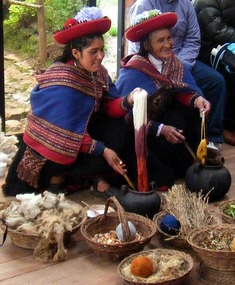

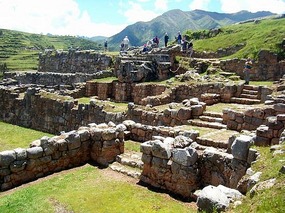
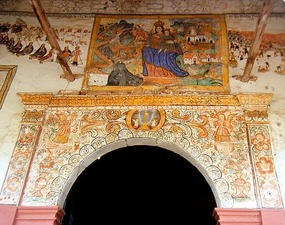
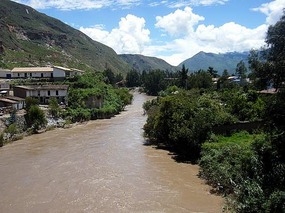

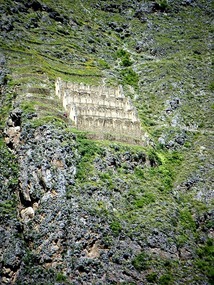
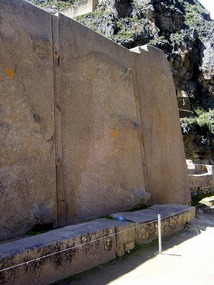
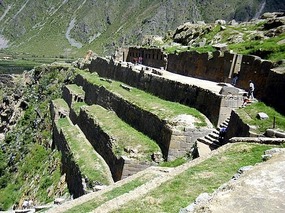
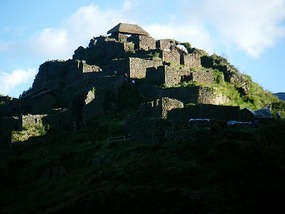
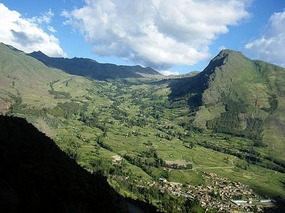
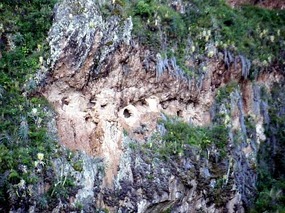
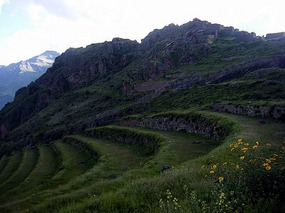





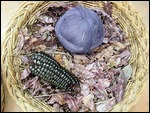
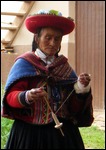
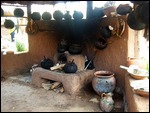
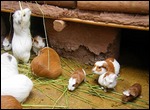
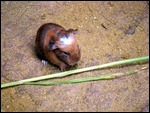
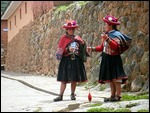
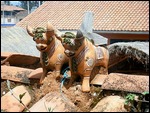
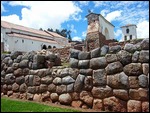
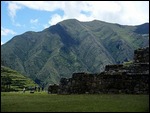
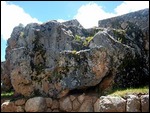

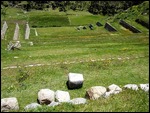
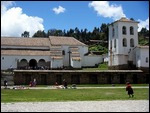
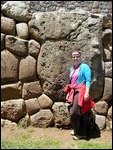


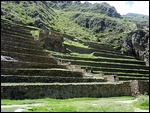
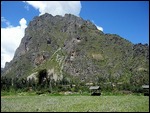
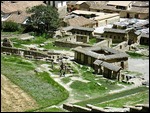
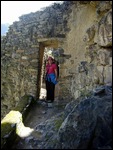
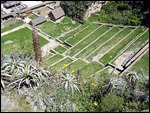
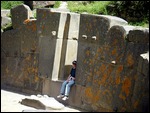
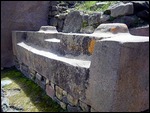
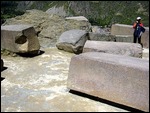
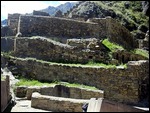
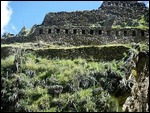
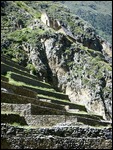
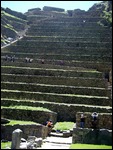
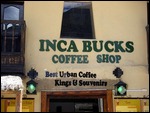
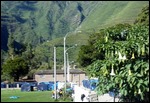
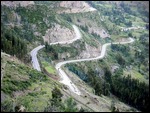
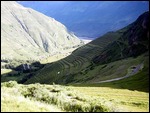
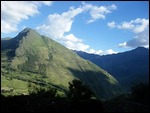
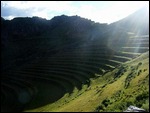
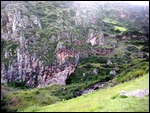
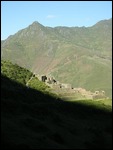
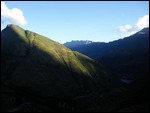
pawongle
2010-03-17
wow wow wow wow wow wow wow WOW!!!!
jenandtony
2010-03-17
Couldn't have said it any better! Perhaps you should write the blog in future!
grindrodkaz
2010-03-22
Yes wow, we loved Pisac, although we encountered a market the size of Peru and the ruins at Ollyanytambo
jenandtony
2010-03-22
The market at Pisac is sadly not currently possible as many of the buildings around the river have all been washed away. The people now having to camp out in tents on all the available spaces. Disappointing for us not to see it, but even more disappointing if your home has been lost!